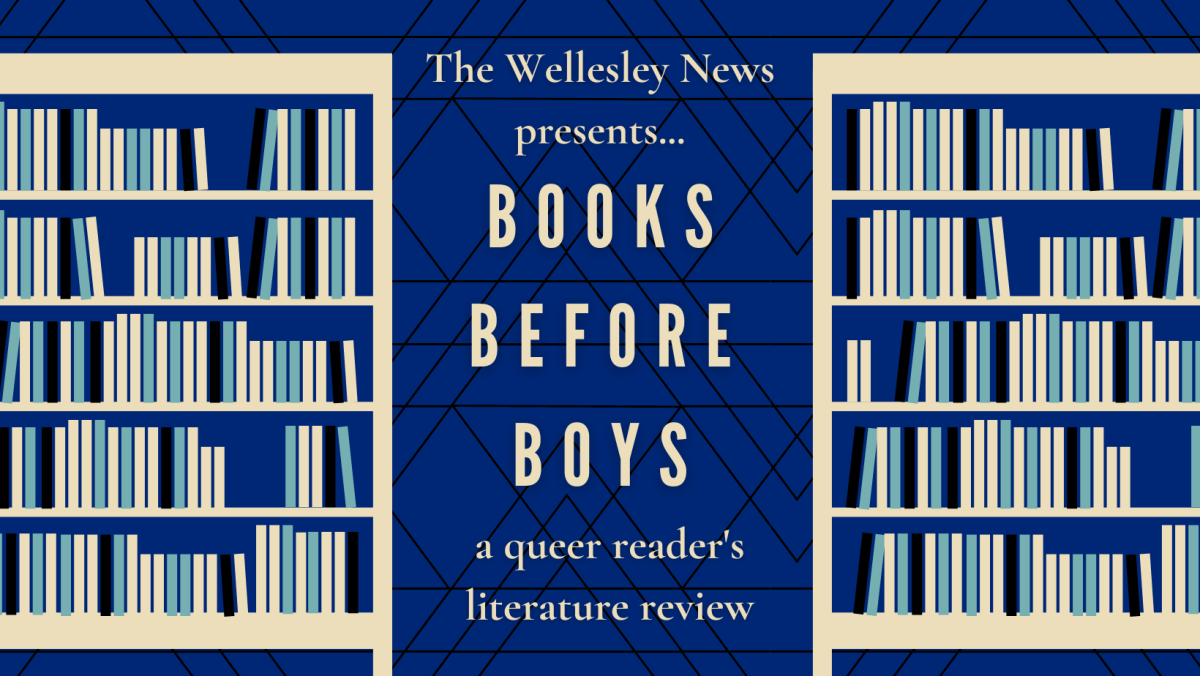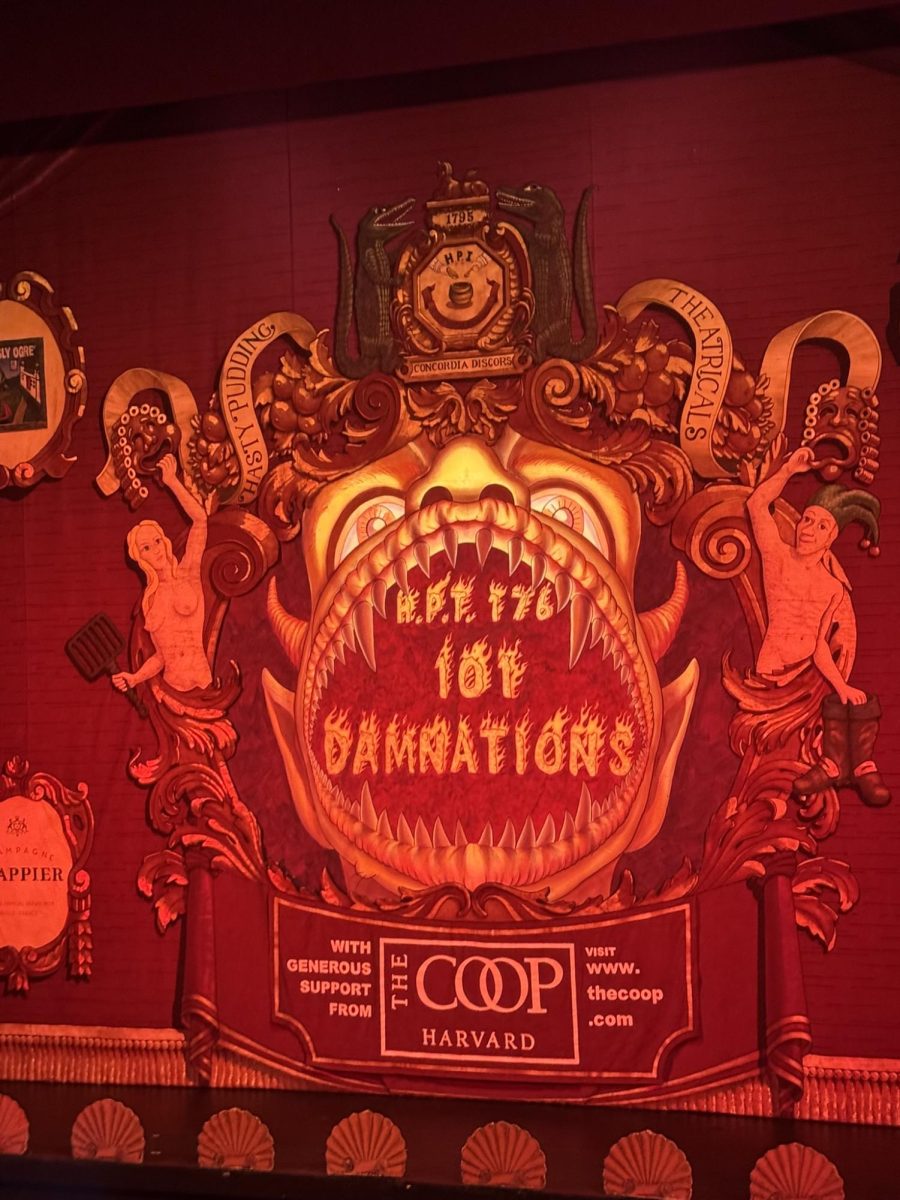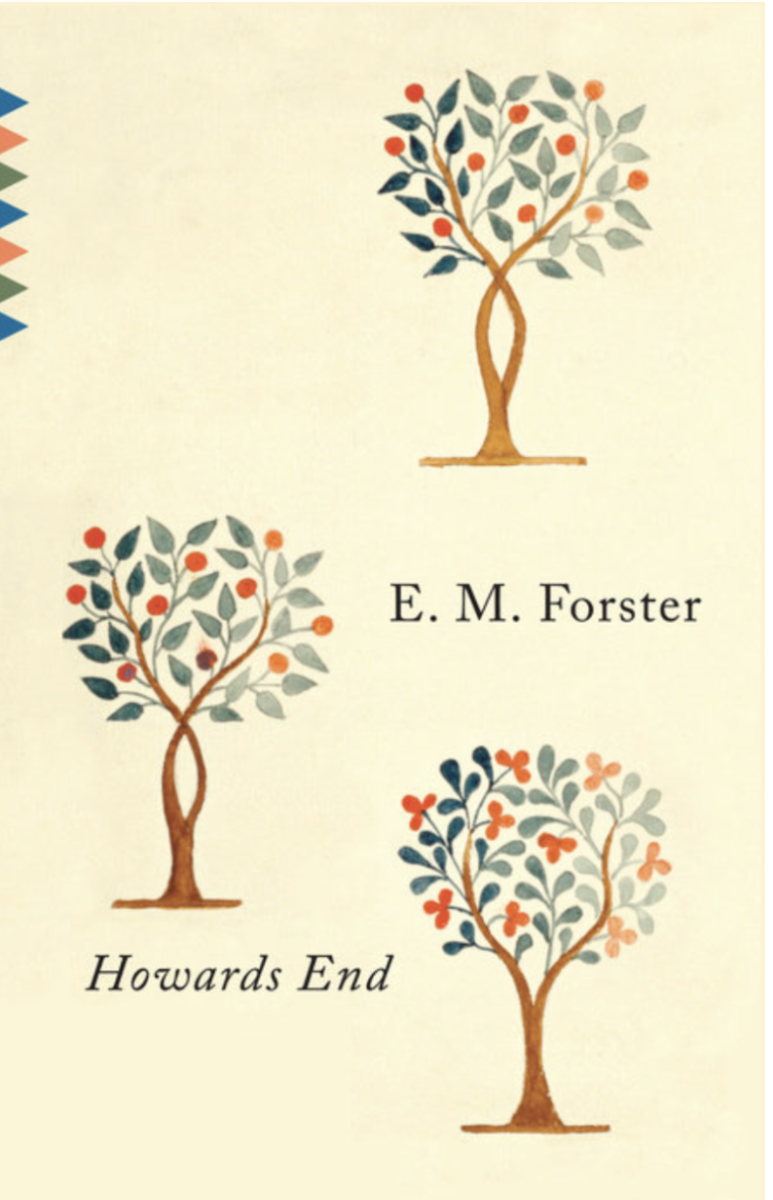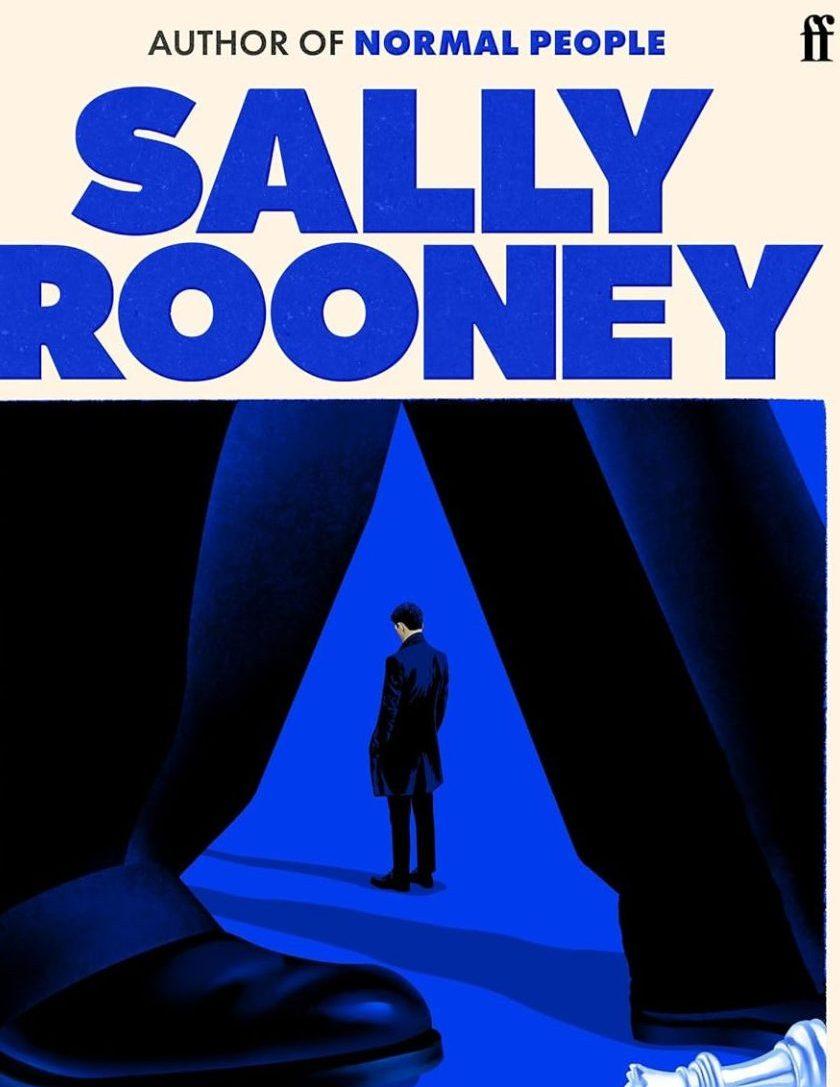Although I am a humanities major at heart, one of my favorite tropes is a teenage girl who wants to go into STEM — especially in a historical setting. Girls who want to be scientists, mathematicians and doctors have me by a chokehold.
“Anatomy: A Love Story” by Dana Schwartz fits that trope magnificently well. Set in Regency-era Scotland, it follows Hazel, a 16-year-old determined to become a surgeon. Her town has been ravished by a terrible disease, the Roman Fever, which has taken lives including that of her brother. When Hazel finds the opportunity to secretly take anatomy courses disguised in her dead brother’s clothes, she takes it immediately — but then she gets caught.
Hazel and the doctor teaching the course make a deal: if she can successfully pass the medical exam, even without taking classes, she can enroll in university. But she needs bodies to study. Lucky for her, she meets Jack, who illegally digs up corpses to earn a bit of money and agrees to help her find bodies to dissect. Soon, however, they have even more problems to deal with — people have been disappearing, and others are turning up with strange medical anomalies.
Now, I will admit, the “love story” portion of this book was not the main focus. Was I invested in Hazel and Jack’s romance? Of course. But I was much more invested in Hazel’s journey to learning how to be a doctor. Watching Hazel excel in her studies gave me a massive sense of pride, and some of my favorite moments in this book were when she began treating poorer patients when they came knocking at her door.
I don’t know why I don’t read more historical fiction when it’s so often so good. Hazel has more determination than any novel protagonist I could ever dream up, and I was obsessed with her character arc. There’s some sort of charm to it all, watching her prove her worth, and maybe I’m a bit easy to impress, but something about historical narratives featuring — to use an unfortunate slang term — a total girlboss just scratches an itch for me.
Also, not to spoil anything, but right at the beginning and towards the end, Schwartz throws in just a bit of a fantasy element. It throws you for a bit of a loop, but it works perfectly for the story being told.
In a way, “Anatomy” is still a love story, but one of a young woman loving a career more so than a boy. And maybe I’m subscribing a bit to the white liberal girlboss feminism of it all, but I kind of loved it.
“Anatomy: A Love Story” comes out on Jan. 18. Many thanks to the publisher, Wednesday Books, for the early copy — on another note, I’ve read so many Wednesday titles at this point that if Wednesday doesn’t publish my book, I’ll eat my hat.








